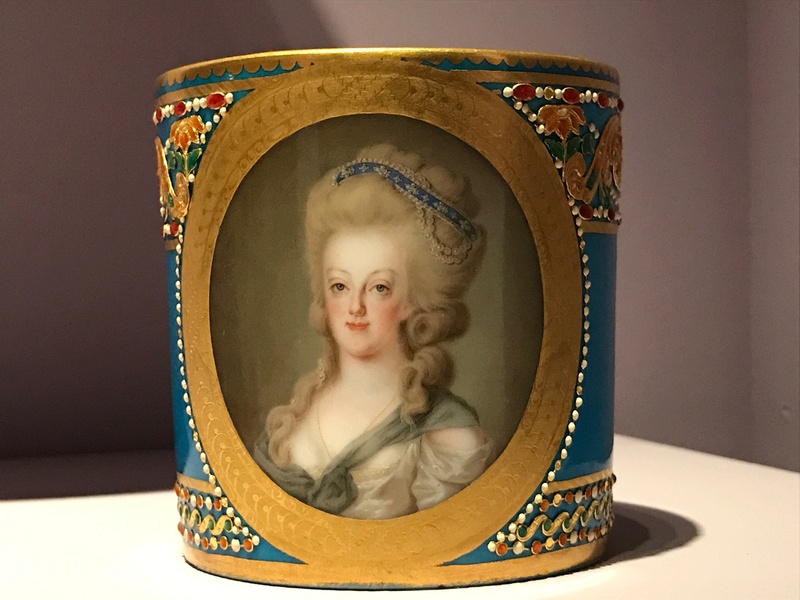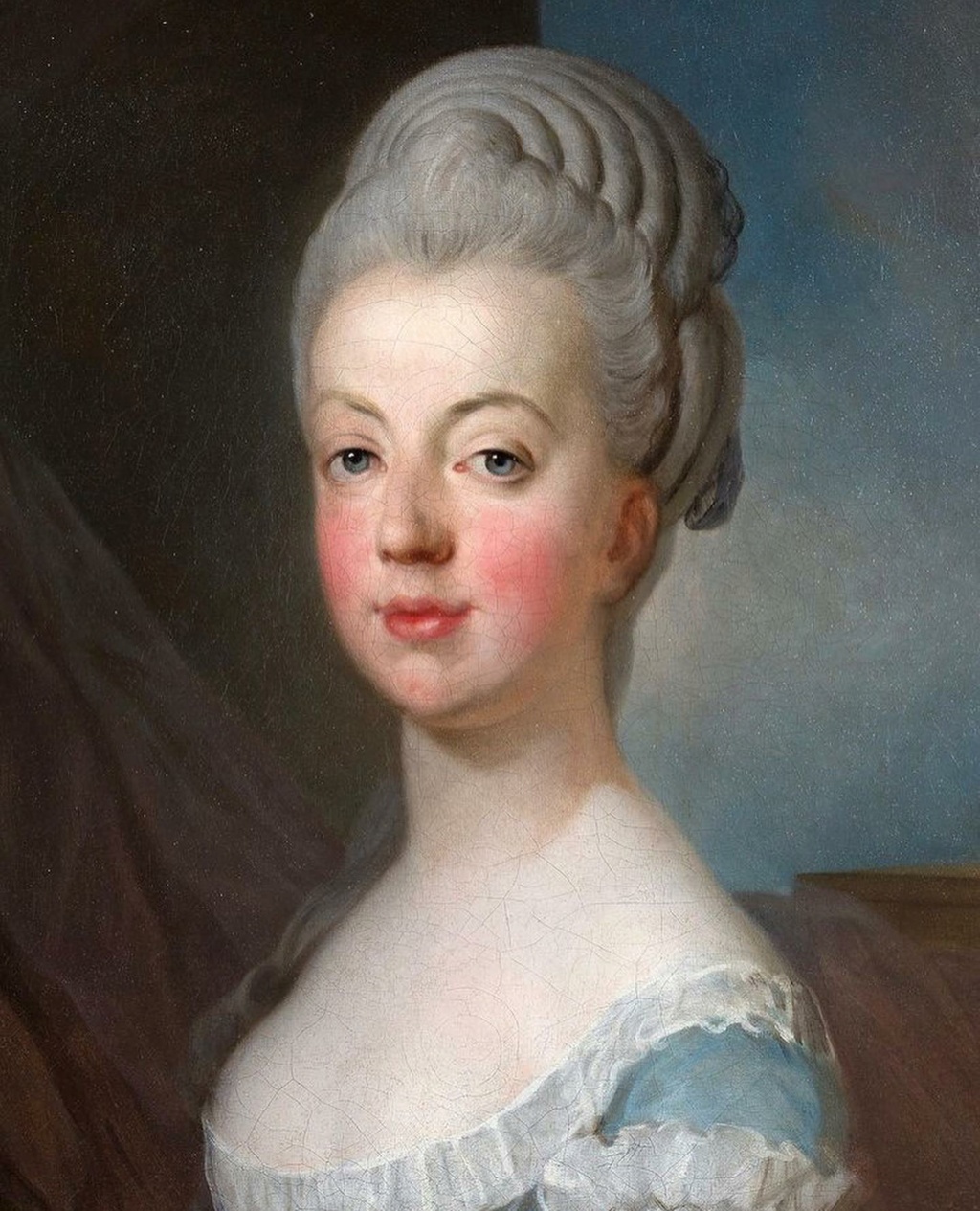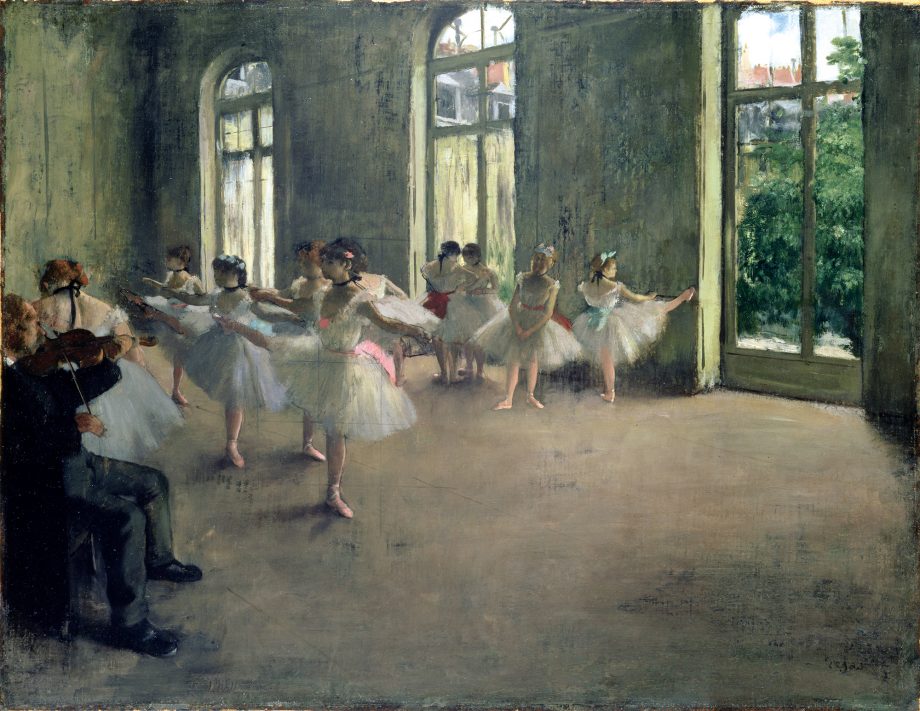From Intellectual Takeout:
In the last several years, Americans have been sensing that something is seriously wrong with the current crop of young people. True, they are likely to have the most education credentials any generation has ever received. They also are technically-savvy, and as such, have a wealth of knowledge at their fingertips.
But in spite of these factors, today’s students seem to exhibit a character that is high in sensitivity and low in knowledge. What gives? Why are our students turning out like this?
Camille Paglia recently revealed the answer to that question. Paglia, a long-time Democrat, feminist, and college professor, believes the problem started in the earliest stages of education in the nation’s public schools:
“It’s really started at the level of public school education. I’ve been teaching now for 46 years as a classroom teacher, and I have felt the slow devolution of the quality of public school education in the classroom.”
According to Paglia, teachers at elite institutions are unable to see this decline in knowledge because their students often come from private schools and wealthy homes, which presumably still retain some elements of rigorous education. The great majority of students, however, can be described in the following way:
“What has happened is these young people now getting to college have no sense of history – of any kind! No sense of history. No world geography. No sense of the violence and the barbarities of history. So, they think that the whole world has always been like this, a kind of nice, comfortable world where you can go to the store and get orange juice and milk, and you can turn on the water and the hot water comes out. They have no sense whatever of the destruction, of the great civilizations that rose and fell, and so on – and how arrogant people get when they’re in a comfortable civilization. They now have been taught to look around them to see defects in America – which is the freest country in the history of the world – and to feel that somehow America is the source of all evil in the universe, and it’s because they’ve never been exposed to the actual evil of the history of humanity. They know nothing!”
There’s one exception to this, however. Even while today’s students have not been taught knowledge, they have also been taught not to bully a person on the basis of their race, class, gender, or any other trait.
On the surface, that seems like a good thing. But as Paglia implies, such a singular lesson gives students a heightened sensitivity and a stilted lens through which to view the world and its problems. As such, she fears that students are catapulting their country toward a situation similar to that of ancient Rome in its last days. (Read more.)









:focal(640x373:641x374)/https://tf-cmsv2-smithsonianmag-media.s3.amazonaws.com/filer_public/d0/5a/d05ad97d-62c7-4a3e-825b-a300d7e3d1e7/marie.jpg)
:focal(553x393:554x394)/https://tf-cmsv2-smithsonianmag-media.s3.amazonaws.com/filer_public/6e/50/6e50af00-633a-4233-a6b3-c16265db0cb2/simon_cromwell.jpg)


















